Harvest Lane Honey Wasatch Flat Telescoping Flat Beehive Top
The Harvest Lane Honey Wasatch Telescoping Flat Beehive Top is for use with a standard 10-frame Langstroth beehive. Made from high-quality galvanized steel on top of a wooden base, it fits perfectly across the top of your backyard beehive with a drip edge around the sides to protect against weather.
The Harvest Lane Honey Wasatch Telescoping Flat Beehive Top is for use with a standard 10-frame Langstroth beehive. Made from high-quality galvanized steel on top of a wooden base, it fits perfectly across the top of your backyard beehive with a drip edge around the sides to protect against weather.
- Use 1 per Langstroth beehive
- Can withstand the pressure of over 2,500 lb.
- May have sharp edges
- 18-1/2 in. x 22-1/2 in. x 2 in.
- Made from steel and wood
- Natural coloring for an aesthetically pleasing appearance on your backyard beehive
Additional information
| Country of Origin | Made in USA |
|---|---|
| Compatibility | Langstroth 10 frame hives |
| Primary Color | Gray |
| Primary Material | Steel |
| Product Height | 2 in. |
| Product Length | 22.5 in. |
| Product Weight | 9 lb. |
| Product Width | 18.5 in. |
| Product Type | Beehive Tops |
| Manufacturer Part Number | WWTF-101 |





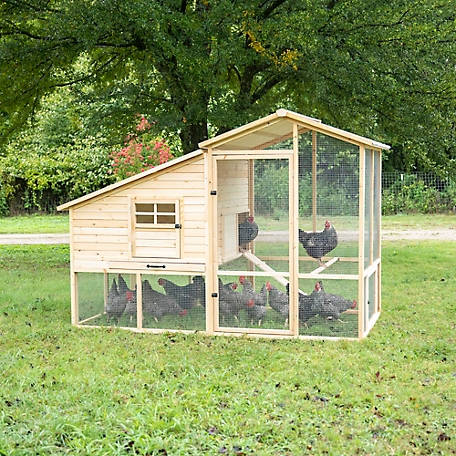
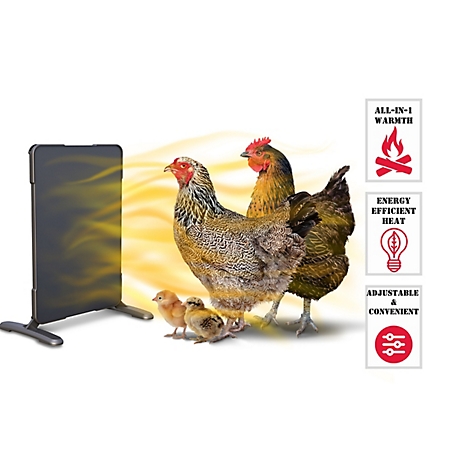

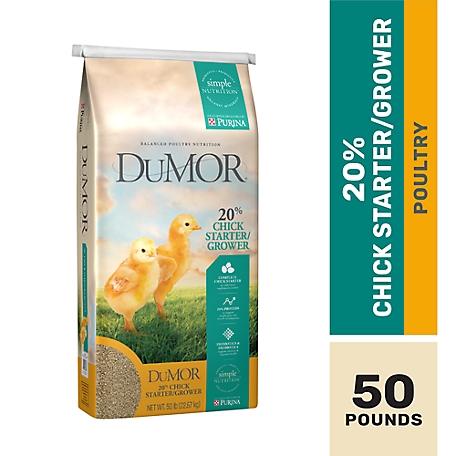

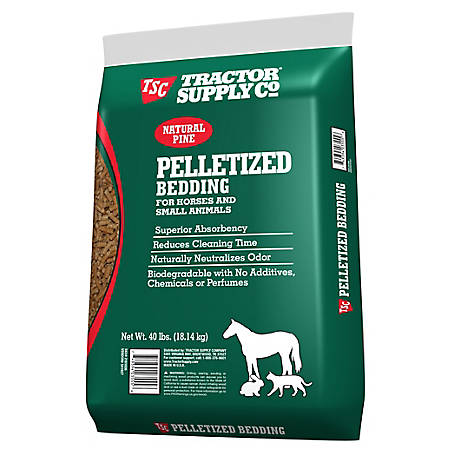
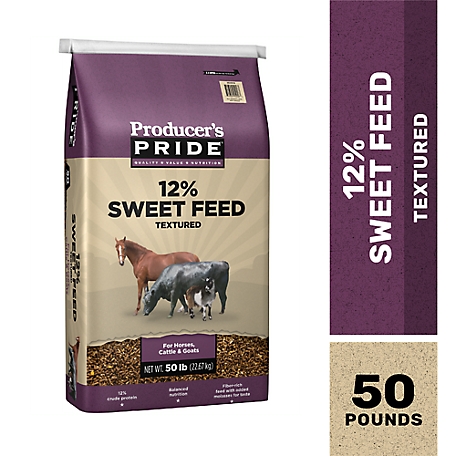
by Sher
This piece was as advestised
by Gray
Very sturdy and well made with nice edges. Holds up well under ratchet straps to keep my hives safer from bears.
by Glassy
Good quality and what I expected. Delivery was fast to store also.
by Steve
New to beekeeping and I have purchased my first two hives,, which are both are Harvest Lane Honey Hives. I tried to save a little bit of money and make my own top, which I am already replacing with the flat beehive top. My bees arrive in May……and the adventure begins!